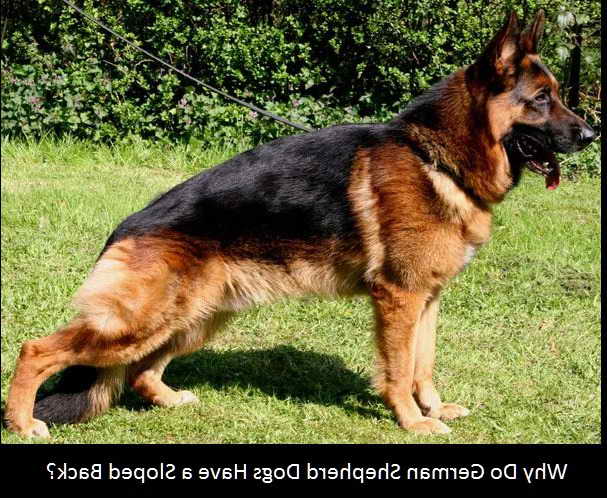
German Shepherd Back Legs
If your German shepherd is suffering from back leg pain, you should consult a vet immediately. The problem can be due to spinal defects, hip dysplasia, or any other condition that affects internal organs. If you think your dog has a condition affecting its back legs, you should get it checked out by a vet for further diagnosis and treatment. In some cases, antibiotics can be prescribed to alleviate the discomfort and prevent further health issues.
The back legs of German Shepherds are susceptible to degenerative diseases. Hip dysplasia is a common disease that affects the bones of the hips and hindquarters. In severe cases, the affected dog may need a wheelchair. In some cases, the symptoms may be mild and go away with rest. However, in other severe cases, your dog may need to be treated. It is important to seek medical treatment as soon as possible.
There are a few things you can do for your dog to improve their mobility. Try feeding your dog fish oil or any other Omega-3 supplement. The Omega-3 helps manage inflammation and improve the mobility of your pet. Collagen is important for the health of your pet’s bones and joints. Moreover, your pet’s weight puts pressure on their bones, resulting in bone deterioration. Additionally, you should give your dog a massage, as this will reduce fatigue and aid in detecting unrelated pain in the hind legs.
Proper diet, exercise, and joint supplements can help you prevent this disease.
By ensuring your dog eats a balanced diet and takes joint supplements, you can make sure that the back legs of your German shepherd stay strong and pain-free. Osteoarthritis in German shepherds is a serious condition that requires treatment immediately. To help your dog maintain a healthy weight and improve mobility, you can use a support harness to lift the dog and walk on its hind legs.
A proper diet is essential for your German shepherd. A balanced diet can keep their hind legs strong and healthy. You can also consult a vet if your dog’s back legs are weak. A veterinarian will recommend the correct foods for your German shepherd. You should also make sure that your dog’s diet is suitable for your dog’s breed. You should choose a food that is rich in calcium and phosphorus to ensure proper bone development.
While many German shepherd owners are familiar with the fatal consequences of degenerative myelopathy, several other conditions can cause the back legs of your dog to become weaker. If your dog experiences this condition, consult your veterinarian for a full examination. If your dog’s hind legs are weak, you should consult a veterinarian immediately. Your vet will prescribe medications or supplements to slow down the progression of the disease.
The most common problem affecting the back legs of German shepherd puppies is hip dysplasia.
This condition causes the ball of the hip joint to fit in the socket of the back leg. The pain in the back legs can cause the dog to limp and have a wobbly gait. The symptoms of degenerative myelopathy include decreased range of motion and difficulty rising. If your German shepherd is experiencing back pain, it may be affected by another disease.
The most important thing to consider when it comes to your German shepherd’s back legs is the length of the rear legs. It should be as long as its front legs. The German shepherd’s back legs may be bent too far. Exaggerated hind leg angulation can cause lower back pain. If you notice a pronounced difference in your dog’s hind legs, the problem could be a sloping spine.
Besides a German shepherd’s back legs, they may be curved. This is a symptom of the disease and can be inherited. If you have a dog with excessively angular hindquarters, you should correct it immediately. Your German shepherd will likely develop lower back pain if the hind legs are angled too much. Aim for a 90-degree angle in their rear legs.
Leave a Reply